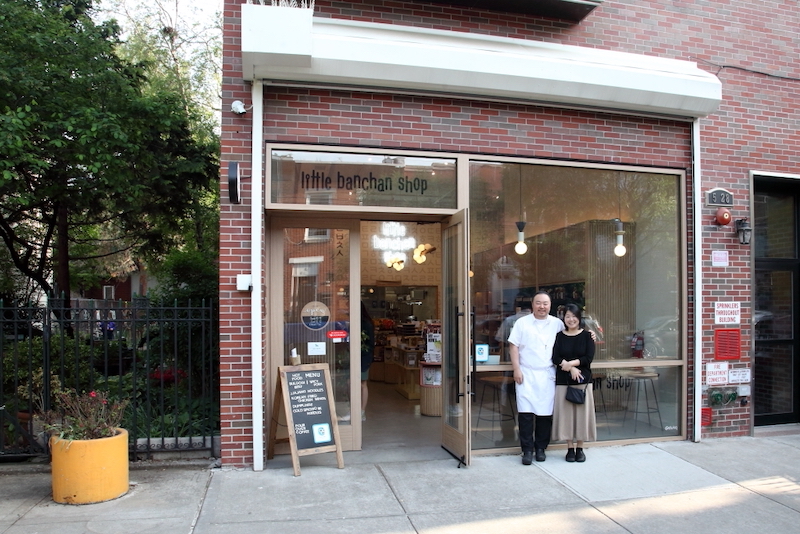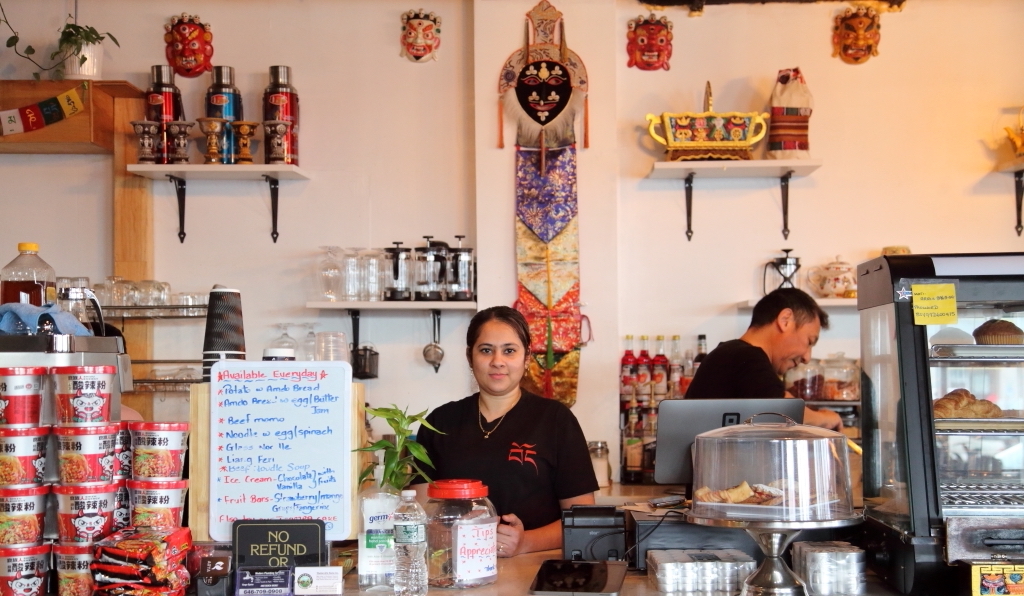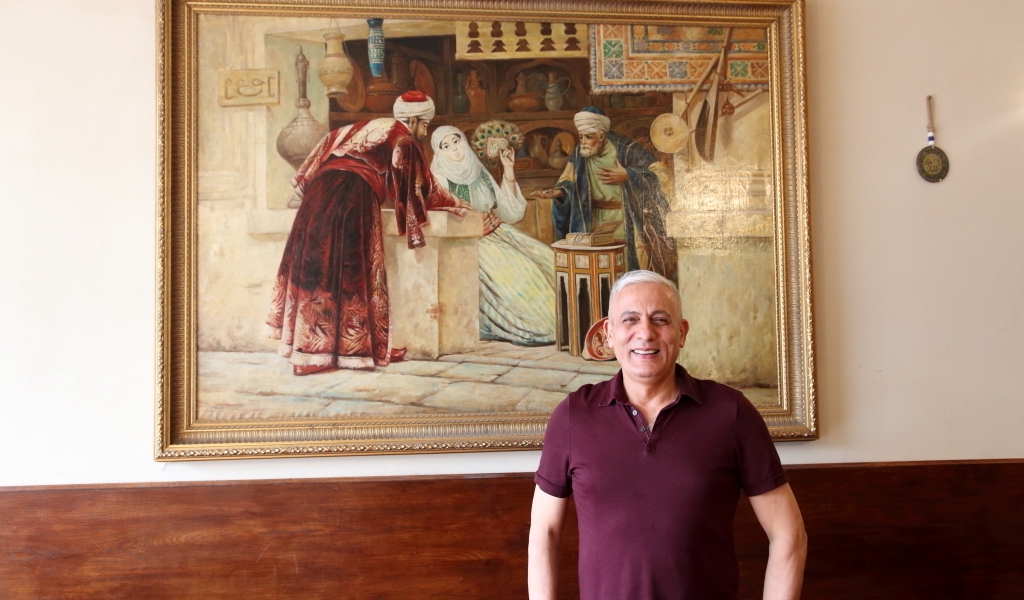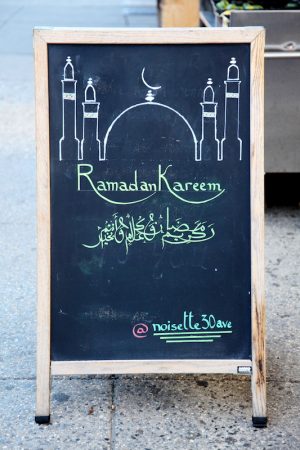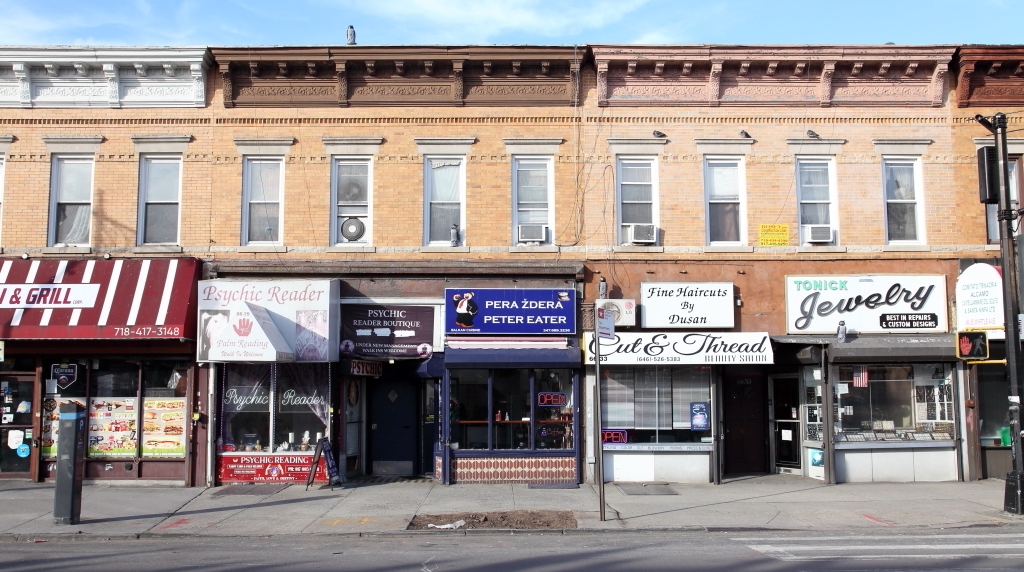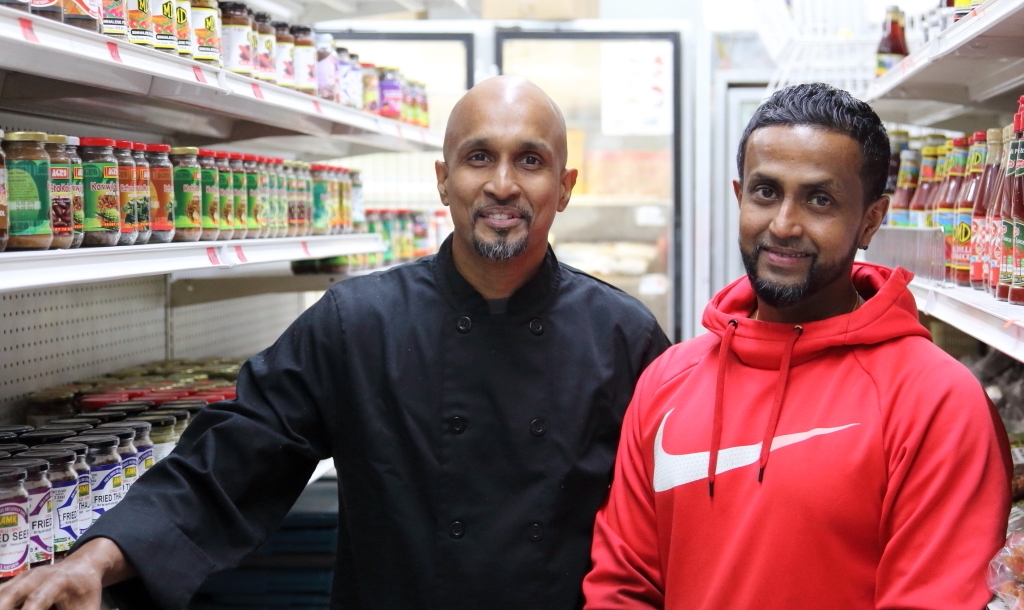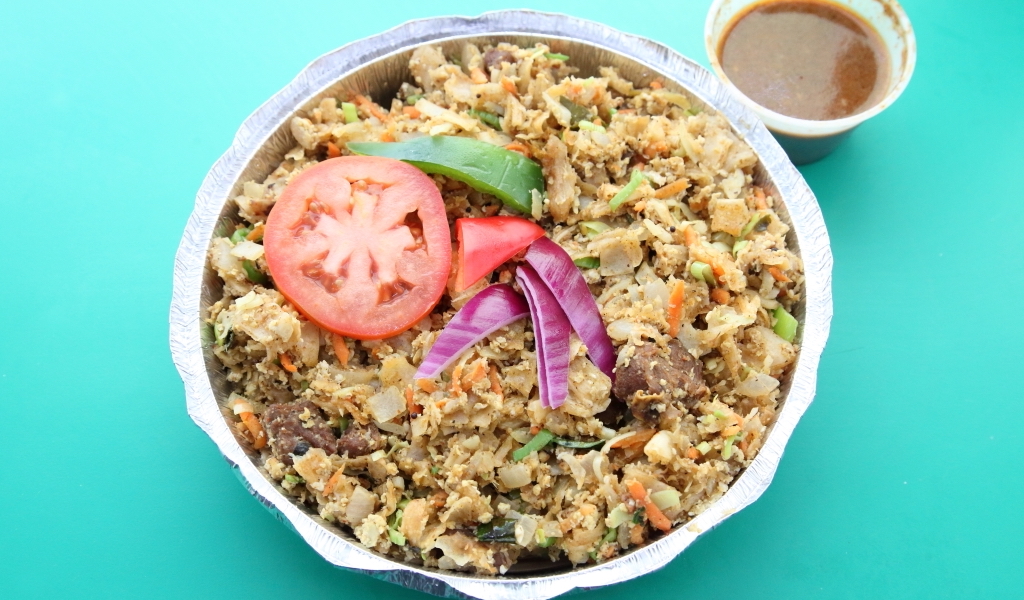We can't find the internet
Attempting to reconnect
Something went wrong!
Hang in there while we get back on track
Search results for "Dave Cook"
Queens
Little Banchan Shop: Korean Mix-n-Match
We'd always thought of banchan (bahn-chahn) simply as the numerous small dishes that arrive, unbidden, to surround the main courses at a Korean restaurant meal. But until we sat down with Hooni Kim and Catharine Chang at Little Banchan Shop, in Long Island City, we didn’t fully understand their central role in Korean cuisine – not only in public settings but also in the home. Hooni, a chef and restaurateur, opened Little Banchan Shop in August 2022. Catharine, who practiced corporate law in a past life, manages the front of the shop while Hooni presides in the kitchen. The main room is a simple oblong – bright, sparingly decorated, well-stocked yet uncluttered, with a "huge window into our kitchen," notes Hooni, so customers can see that the banchan is made in-house.
Read moreQueens
Arya Cafe: Tibetan Tranquility On a Busy Boulevard
Queens Boulevard, a major thoroughfare that cuts through the heart of the borough, accommodates many lanes of automobiles traveling to and from Manhattan. Some eateries that flank it seem geared for auto traffic, too: One stretch of roadway, in Elmhurst, sports a classic diner, an Argentine steakhouse and a fast-food restaurant marked by golden arches. Driving by, or even walking by, we might easily miss a corner business that looks out on those other eateries. From outside, on a sunny day, the storefront seems more like a mirror than a window; modest signage marks the doors. Opening them, we enter Arya Cafe and leave behind the glare of the sun and the honking hustle and bustle of passing cars, trucks and buses for the murmur of conversation, mostly in Tibetan.
Read moreQueens
Sami’s Kabab House: Afghan in Astoria
Almost before we’d sat down, tea and rice pudding had arrived at our table. “This is the way I was raised,” Sami Zaman explained. We’d arranged a time to speak with him at his namesake Afghan restaurant in Astoria, Sami’s Kabab House, and we’d quickly discovered that refreshments were an essential prelude to our conversation. Sami is always “working, working, working,” he tells us, but during our visit he also had a smile and a greeting for everyone who stepped into his kabab house. Between spoonfuls of pudding, we asked about the roots of his hospitality.
Read moreQueens
Paris Oven: An Iftar Grows in Queens
Back when it was called Noisette, we'd passed by Paris Oven in the (not quite) year that it had been open. But whenever we’d walked down those sometimes clamorous blocks of 30th Avenue in Astoria, Queens – not far from a bagel shop, a pizzeria, a comfort-food hotspot and a New Orleans-themed bar-restaurant, whose windows open wide toward the street during happy hour – we’d given little notice to the quiet bakery-café with the French name. That changed during one recent stroll, not long before dark, when a hand-drawn signboard beside the door wished us “Ramadan Kareem” and beckoned us to come inside.
Read moreQueens
Pera Ždera: Burgers, By Way of the Balkans
On a warm, sunny weekend afternoon in the spring of 2022, we visited a street fair on Myrtle Ave., a major thoroughfare that cuts through Ridgewood, Queens. The roadway was closed to traffic, in favor of street food vendors, for many blocks; the only bus in sight was a 1950s coach, which we boarded to peruse the vintage advertisements and the lounge-like seating at the rear. But despite our appetite, none of the street food vendors tempted us. We continued walking eastward, beyond the street fair and into the adjoining neighborhood of Glendale, until we were drawn toward the sight of a familiar, eternally hungry, cartoon character holding a hamburger.
Read moreQueens
Queens Lanka: Small Kitchen, Big Flavors
Lately, however, those cravings can be sated closer to home – at Queens Lanka in Jamaica, a specialty grocery that also boasts a small but mighty kitchen and a few seats to accommodate dine-in customers. There’s no room for the weekend buffet that figures prominently in several of Staten Island’s Sri Lankan restaurants, but for curry, kottu roti and banana-leaf-wrapped lamprais, there’s no need to leave the neighborhood. Rasika Wetthasinghe is the chef; Suchira Wijayarathne runs the market. A helper assists with preparation in the kitchen a few days a week, and a number of the kitchen’s bespoke spice blends are prepared elsewhere, but by and large this is a two-man operation.
Read moreQueens
Best Bites 2022: Queens
For restaurants, bakeries, coffee shops, greengrocers, meat markets, and other places that proffer food and drink, the effects of the pandemic that arrived in Queens in early 2020 have abated – if not quite disappeared – as of late 2022. New businesses are appearing with increasing frequency, while others have found occasion to expand. Many older businesses and their longtime customers, after missing one another these past two-plus years, are re-invigorating connections with their communities. In at least one instance, an establishment that we thought was gone for good – a beloved food court – has managed not only to revive itself but to provide a home for a next generation of local small businesses. Here are a few of our recent favorite dining destinations, both old and new.
Read more